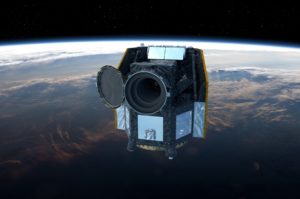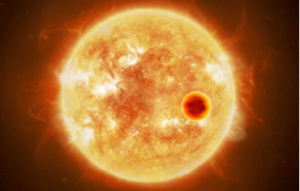I am a researcher at the Center for Astrobiology in the Department of Astrophysics and my main research line is the detection and characterization of planetary systems to understand their diversity. I graduated in Physical Sciences from the University of La Laguna in 2010 (first cycle at the Complutense University of Madrid and specialty in Astrophysics in La Laguna) and I did the Master in Astrophysics at the same university. In 2015 I defended my doctoral thesis at the Universidad Autónoma de Madrid, which I developed at the Center for Astrobiology on “Planetary systems in different niches. Synergies between the Kepler space mission and the Calar Alto Observatory” under the supervision of Prof. David Barrado. Between 2015-2019 I obtained a postdoctoral contract at the European Southern Observatory (ESO) as ESO Fellow that allowed me to combine my activities as a researcher and develop a more instrumental facet through the work carried out at the Paranal Observatory as a fellow of instruments such as X- SHOOTER and ESPRESSO. Since 2019 I have been a postdoc at the Astrobiology Center thanks to a María de Maeztu contract and to obtaining the Junior Leader Fellow of the La Caixa Foundation. My main research activity is focused on obtaining and analyzing high precision radial velocity data and light curves to detect and characterize planetary systems with different properties. Currently, I am focusing on two main projects that I lead: the TROY project (www.troy-project.com) for the detection of the first co-orbital planets, and the KOBE experiment, a legacy program of the Calar Alto observatory for the detection of rocky planets in the habitable zone of late K-type stars with the CARMENES instrument.
Websites:
- www.jlillobox.com
- www.perosimouve.com
- www.troy-project.com
- Remote Worlds Lab
- The KOBE experiment
- Mundos Lejanos (YouTube channel)
ORCID: 0000-0003-3742-1987
| Key words | Exoplanets, planetary systems, radial velocity, light curves, low-mass stars, co-orbitals, habitable zone |











